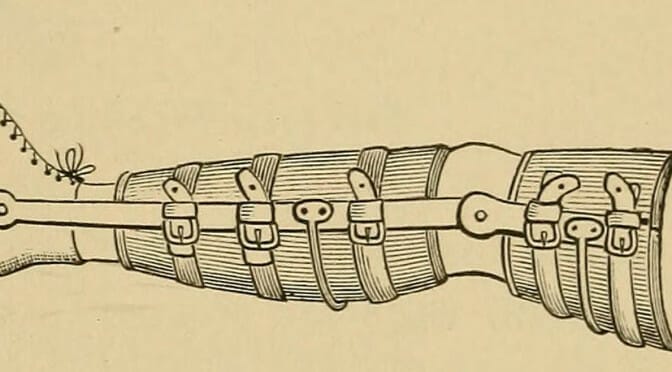Today’s post comes from guest author Kristina Brown Thompson, from The Jernigan Law Firm.
What is your sense of smell and sense of taste worth to you? These senses are truly priceless. In a medical malpractice case, the plaintiff – a chef – was awarded $1.5 million in damages when he lost his sense of taste following a tonsillectomy when the surgeon failed to disclose that this was a risk.
Unfortunately, sometimes an injured worker may suffer a head injury or other type of injury that causes him or her to lose his/her sense of smell and/or taste. While no amount of money will ever make a person whole after losing one of their senses, North Carolina workers’ compensation law allows for an injured worker to be awarded some compensation for the loss of sense of smell and taste if the loss was a result of compensable workplace injury. Under North Carolina General Statute § 97-31(24), the “loss or permanent injury to any important organ or part of the body for which no compensation is payable under any other subdivision of this section. . .”. The maximum award for the loss of both senses (combined) is capped at $20,000 in North Carolina.
North Carolina law treats the “loss of sense of taste and smell” as the loss of an important internal organ.” See Cloutier v. State, 57 N.C. App. 239, 291 S.E.2d 362 (1982). In 1997, the North Carolina Court of Appeals (Bess v. Tyson Foods, Inc., 125 N.C. App. 698, 482 S.E.2d 26 (1997) held that the injured worker was entitled to compensation for permanent damage to the olfactory organ but not for compensation for two separate compensable injuries. As a result, in North Carolina the most a plaintiff can receive for losing his or her sense of taste and smell is $20,000.
Based on a brief look at other states, it appears that many states do not compensate injured workers for their loss of sense of taste or smell at all. When compensation is allowed, the states have compensation caps less than North Carolina’s cap. For example, Connecticut allows 17 weeks (max) compensation for loss of sense of taste, and 17 weeks (max) for loss of sense of smell. Minnesota allows a 1% disability rating for total loss of taste and 1% rating for total loss of sense of smell. Washington caps the total body impairment for the loss of taste and smell at 3% (or a max award of $5,977.41). Finally, Wisconsin has a cap of 2.5% for permanent total disability for losses of taste and smell.





























